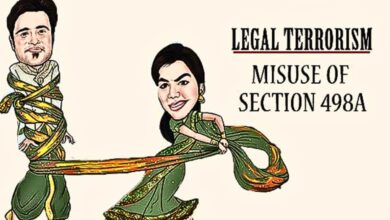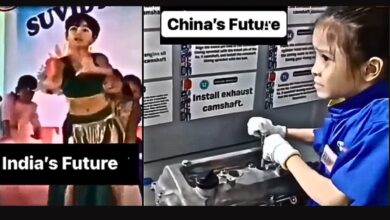Red Beacons, Green Lights, And Broken Dreams- The Price Citizens Pay For Ministerial Convoys
From the earliest days of free India, ministers have been sped about in convoys that grow longer by the decade, as if the number of vehicles in one's convoy has a direct proportion to one's value to the country.

It was a regular Monday morning in Visakhapatnam. The sun was rising, birds were chirping, and there were approximately 30 young students who were staring at a serious problem because some very important person had to reach somewhere, a hint of the VIP culture in India. A minister’s convoy that could not possibly be shared by regular people who had to reach somewhere on time.
The April 7, 2025, incident would be funny if not for its sadness. Young students who had spent years studying for one of India’s most challenging exams were stuck in a traffic jam caused by Andhra Pradesh Deputy Chief Minister Pawan Kalyan’s convoy. The students needed to arrive at their exam center at 7:00 AM, with gates closing at 8:30 AM. Instead, many sat idle as the minutes ticked away while a procession of special vehicles sped through roads that seemed to be VIP-only.
The administration of police has attested that there is no connection between the convoy and the case of the students. “The Deputy CM was in the area at 8:41 AM,” a police report stated, which is extremely specific. This specificity appears to be lacking when ordinary citizens inquire about the timing of government services. One would expect that clocks employed to track ministerial movement are more precise than those employed to organize examinations.
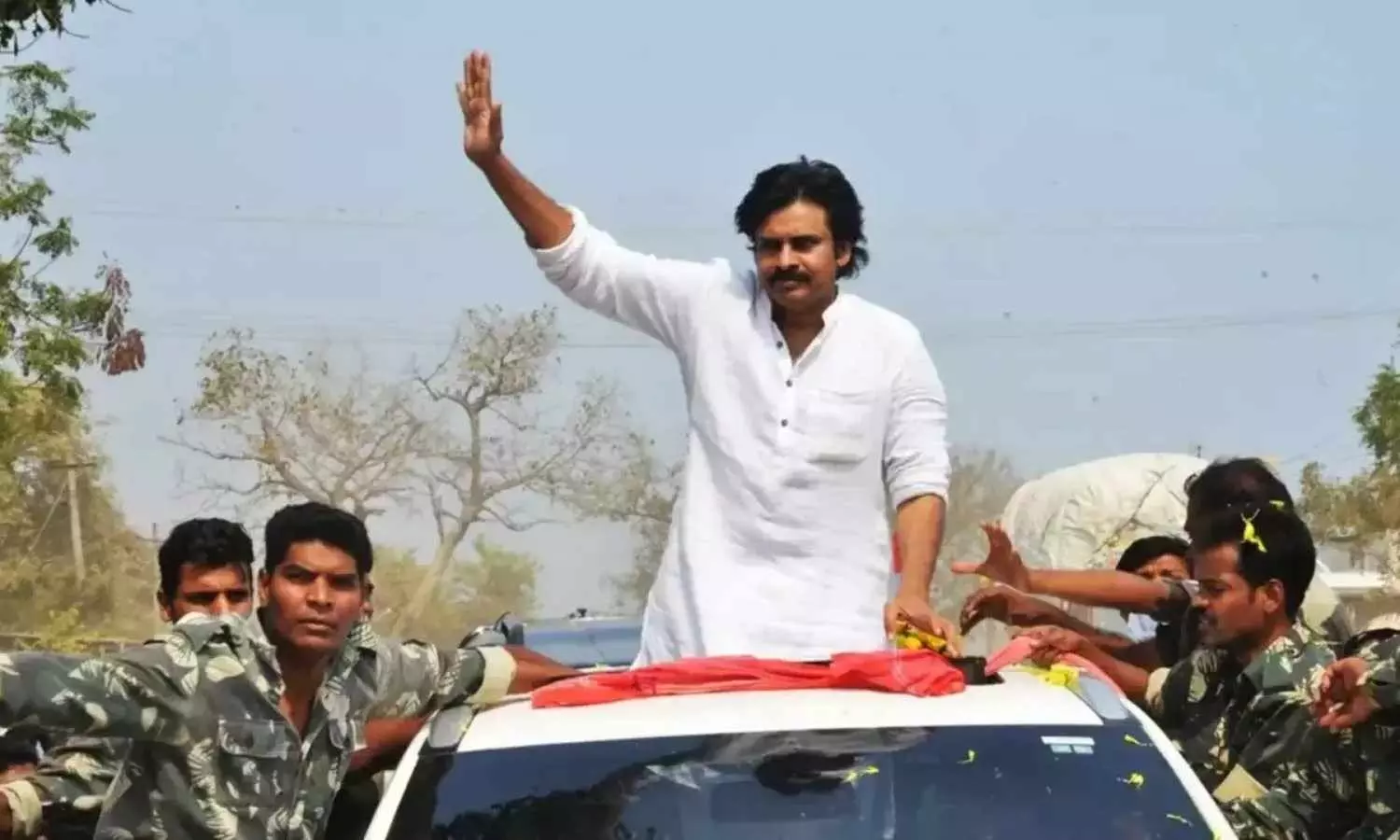
This is not a one-off occurrence. It illustrates a certain Indian issue called the ministerial convoy syndrome. This is where elected representatives become so prominent that they make it hard for others to move around. It is democracy upside down, where the people who serve the people become people who get treated with deference, usually with clear roads and police officers saluting them.
The lineage of VIP culture in India is long. After independence, when the British departed, they departed with their colonial administrators but conveniently left their sense of entitlement behind. Indian politicians stepped into the role with incredible ease. The red beacons have officially vanished, but the attitude is still resplendently intact.
From the earliest days of free India, ministers have been sped about in convoys that grow longer by the decade, as if the number of vehicles in one’s convoy has a direct proportion to one’s value to the country.
Do you recall the days when Prime Minister Indira Gandhi’s convoy used to take a ride around Delhi in the 1970s? The roads used to get closed hours before her arrival. Fast-forward to 2017, when PM officially abolished the practice of having red lights on cars, a symbolic step to put an end to VIP culture. But In India, rules made for the citizens are just in paper and hence, again, in 2025, we’re still arguing about the impact of government officials’ convoys on common citizens. The red lights have disappeared, but the convoys roll in, like a soap opera with new faces but the same tired old plot.
- In Mumbai, in 2016, a video went viral showing a traffic police officer being slapped for having halted the vehicle of a Maharashtra minister.
- In Delhi, in 2019, a whole hospital was mostly closed to routine patients because a politician was being given treatment.
- In Uttar Pradesh, in 2021, a woman in labour had to give birth on the road because her ambulance was blocked during a minister’s visit.
- And now in Visakhapatnam, in 2025, students lost their important exam because someone significant had to visit Araku.
What is most interesting is the complicated process that follows these events. First, there is denial: “No roads were blocked before 8:30 AM on either the BRTS route or service roads,” officials state. Then, there is the strange explanation: “Monday had the smallest number of absentees—around 30 students—since Session 2 of JEE Mains 2025 began.” It is as if fewer students skipping their exams is more acceptable. It is like saying, “We usually hit more than 60 to 80 pedestrians every day, so 30 is really good for us!”
And finally, the grand finale – the guarantee of an inquiry: “Deputy CM Pawan Kalyan directed the Visakhapatnam police to hold a detailed inquiry into the incident.” One can only imagine that this inquiry will be done very slowly, like a sloth coming to life, and will end by declaring that everyone had the sun in their eyes, or maybe that time was just playing a cruel joke on these poor students.
Let’s take a moment to reflect on what those 30 students experienced. The JEE Main is not merely an exam; it’s how you get into some of India’s best engineering colleges. Students prepare for years to prepare, parents spend their life savings at coaching centers, and whole families plan their lives around this one date. To miss it due to someone who has a big-sounding job needing to travel is not merely inconvenient, but it could potentially make 180 degrees shift to their lives.
The parents themselves averred that they came to NAD Junction at 7:50 AM, yet spent 42 minutes getting to the center. In a country where we boast about our clever tricks and ability to fit ourselves into tiny spaces, it’s astounding that all else must halt whenever a minister decides to get a move on. It is like the physics rulebook differs: two things are able to exist in one spot at once, except for when one is a minister’s convoy, at which point everything else must just disappear.
The irony is that our ministers would always speak of development, progress, and giving opportunities to youths. But in reality, they just seem fine with those youths giving up great opportunities just so that they could move around without having to face traffic. It is a dietitian who delivers a speech on healthy food while consuming a triple cheeseburger; the contrast is so strong it would be funny if it were not so damaging.
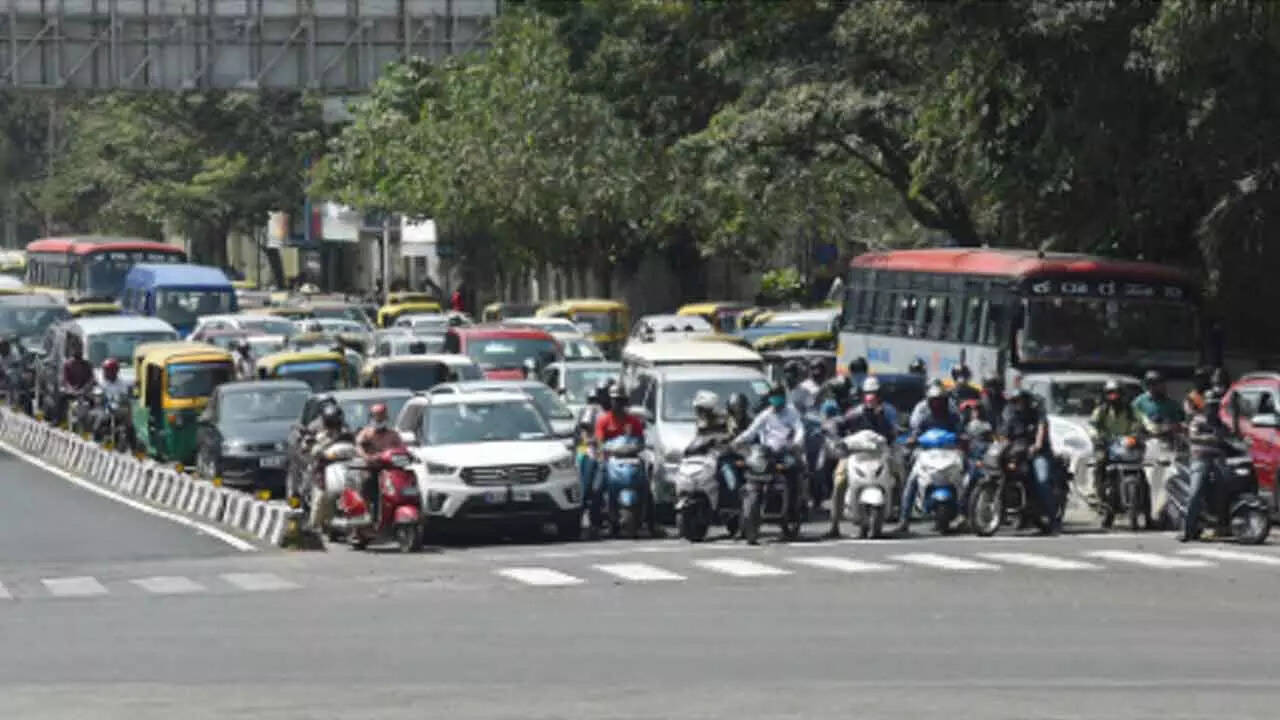
This VIP culture has become so prevalent that we barely bat an eyelid. The average Indian just assumes that if a minister is coming, they should be ready to be late, cancel appointments, or maybe change their whole day. We take it with the same resigned air that we take for power cuts in summer or water shortages almost for the whole year.
But must it be so? In democracies around the world, the most high-profile leaders most frequently travel with minimum disruption to the populace.
- In London, you may be held up behind the Prime Minister’s convoy at a red light.
- In Berlin, the Chancellor is observed riding the public transit.
- Even in conservative Washington D.C., the President’s travels are coordinated in deference to the citizen’s time and convenience.
In India, a local government official waits for road clearing that other countries would undertake in hauling nuclear waste. This is a strange perversion of democratic ideals; the more power one seems to wield to help the people, the less one actually has contact with them or even knowledge of their problems.
The parents of the injured students have demanded that the state government step in and ask the National Testing Agency to hold a special test. That would be fair, but it is putting the onus of putting things right on the wrongdoers and not on the harmed. It would be like asking the individual who had been run over by a car to please be more careful and watch their step next time.
Shouldn’t Deputy CM Pawan Kalyan give these students a second chance? Better still, perhaps we should reconsider the entire concept of VIP movement. Can the ministers travel in smaller numbers? Can they sometimes endure traffic like common people? Can they plan their travels during off-peak hours or during major events like national tests?
These are questions that sound almost sacrilegious in the politics of Indian culture. It’s as if we’ve all come to a consensus that the hassle of the many is a reasonable price to pay for the ease of the few, powerful; after all the weight of money bows the head of many! It’s a peculiar arithmetic that somehow works in our political culture but would be scandalous in many other democracies.
As we stand here and watch these 30 students potentially lose a year of their education because someone of a special convoy as someone special had to move; we must ask ourselves: Is this truly what we would want our advanced country to look like? Or is it some vestige of colonial thought wherein some individuals are perceived as being more worthy of comfort than others?
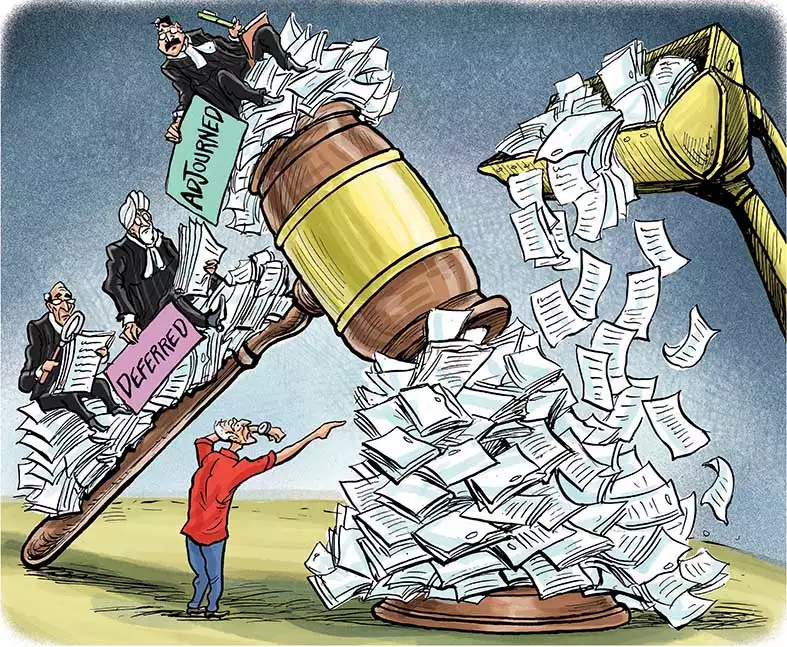
In the meantime, we hope these students are given a second chance to take their exam. And maybe, just maybe, our ministers will understand that the best way to serve the people is sometimes to join them at traffic jams and all. But once more, why be stuck in traffic when they can just make it vanish with a flashing light and a blaring siren? After all, in the grand Indian tradition, why be part of the solution when being part of the problem has so much more to offer?
The issue in contemporary India is not that we have VIP culture or convpoys; it’s that we’ve become so used to it that we don’t even realize how absurd it really is. Like frogs in hot water, we’ve embraced the idea that some people are worthy of being treated differently until it becomes the norm that some of the citizens receive better treatment than others. Until we realize this huge issue with democracy, we’ll keep having students missing exams, patients missing treatments, and regular people missing appointments; all because some big shot needed to get somewhere in a hurry.
And that, indeed, is perhaps the most damning indictment of all.


